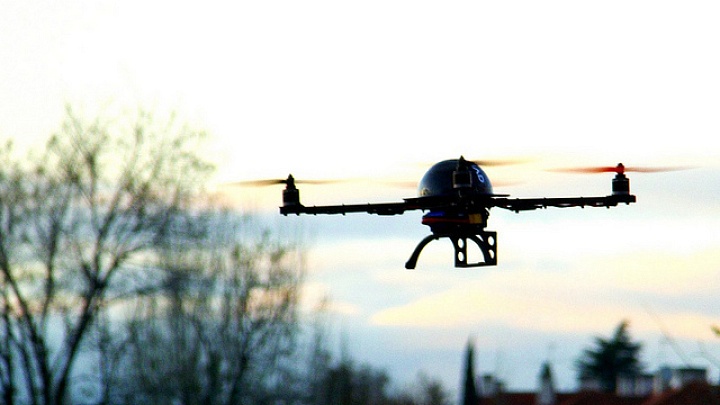
As U.S. airpower returns to Iraq and spreads to Syria in the fight against ISIS, the utility of air assets in urban areas should be revisited. Despite the wealth of literature on the topic within U.S. military circles in the late 1990s and early 2000s, the lessons and technology developed during and since the Iraq War have been poorly covered with reference to this question. Consequently, the experience from engagements including Fallujah I and II (2004), Mosul (2004) and Sadr City (2008), and the Iraq War more broadly, as well as the developments surrounding this technology in the last ten years has been neglected. Despite becoming a flavor of the month in military circles because of their tactical capabilities and ethical implications, UAVs remain an understudied subject with regards to what can be achieved from the perspective of the challenging battlespace that is urban warfare.
Airpower in Urban Terrain
Historically, aircraft have faced numerous practical and resulting political issues in operating in dense urban landscapes. To name a few: Deploying munitions safely and effectively; delivering accurate and timely intelligence, surveillance, and reconnaissance (ISR); being deployed safely with regards to aircrew; and airpower working as part of a joint force. These practical issues in turn create political issues from collateral damage – noncombatant and structural – as well as from the deaths of U.S. servicemen due to enemy and friendly fire. While the latter places pressure on the U.S. military from the public, the former creates local, domestic, and international pressure to restrict airpower’s rules of engagement so as to cease violations of the Law of Armed Conflict.
With regards to deploying munitions safely and effectively, the U.S. has historically faced issues in procuring and utilizing a suitable array of precision-guided munitions (PGMs) in dense urban landscapes. On the one hand, utilizing large bombs can create substantial levels of collateral damage for the urban landscape and its inhabitants; on the other, this may result in fratricide for the U.S. military, especially when opponents ‘hug’ U.S. troops. In Fallujah in 2004 for instance, one veteran noted that the skyline of the city resembled the setting of a Godzilla movie, such was the destruction from aircraft. Furthermore, due to the proximity of fighting in Mogadishu in 1993, Rangers were forced to expose themselves to enemy fire so as to mark their positions for strafing “Little Bird” helicopters.
The proliferation of UAVs within the U.S. military has enabled airpower to play a much more dominant role in urban warfare. With such technology, however, comes new issues.
It is diffic
